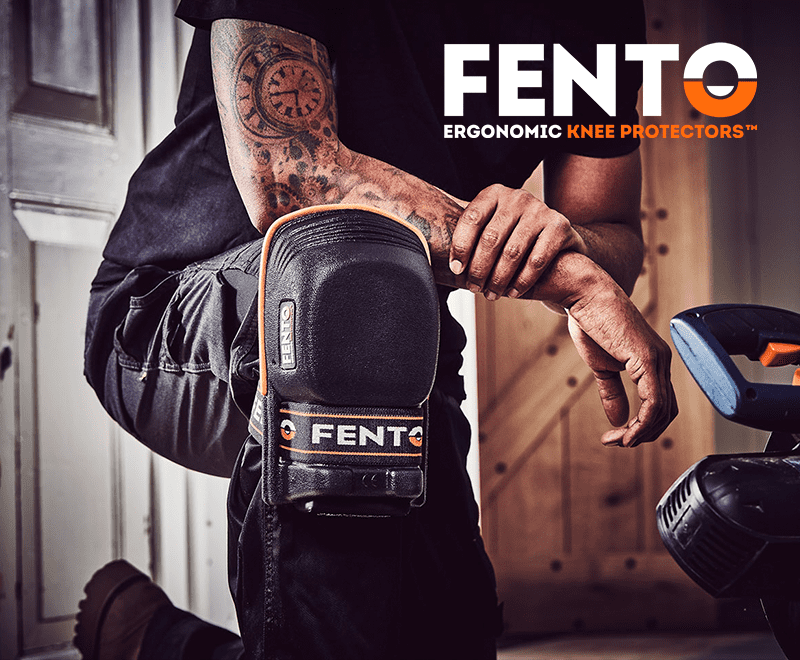Have you noticed lots more interest in hand-made terracotta? We certainly have – and we’ve also read about it in the consumer press. Earthy tones are being flagged as a major trend and this, combined with the huge demand for natural surfaces, is fuelling interest even more. And, on the back of this, there’s been a big increase in technical enquiries about treatment.
Hand-made terracotta tiles have always created a fabulous, rustic finish. Made from clay, in their natural state their colouring is a mix of red and earthen tones. This colour variation makes the tiles quite forgiving in terms of daily footfall but terracotta is porous. If it isn’t sealed, it will quickly become stained.
There are two ways of protecting the tiles – either using a synthetic sealer or adopting a more traditional method.
Synthetic sealers are a popular option. They tend to give a lighter aesthetic and application is generally faster. Our own range includes Ironwax Satin, which is a self-shine film forming acrylic sealer that creates a satin finish. There is also our Colour Intensifier; it enhances tone but it allows the terracotta to breathe. It is applied in several coats until the tile is saturated and then it’s buffed to remove excess. Both provide great protection but, when it comes to handmade terracotta, we tend to recommend the traditional method – Boiled Linseed Oil and Clear Wax.
Traditional treatment enhances the tile’s natural character and gives the terracotta longer term mechanic strength. It fills the pores and tends to wear far better as a result. Firstly, Boiled Linseed Oil is applied with a brush until the tiles are saturated; you should allow at least 12 hours between each coat to ensure that the oil thoroughly cures. Some hand-made terracotta will take 4 or 5 coats but the time invested is well worth the effort. The final coat should be left to dry for at least 24 hours before a coat of wax is applied with a cloth and the surface is buffed. There are various different waxes available, including clear, natural treatments and antique waxes which will create an aged appearance. This treatment method can also be used to restore older floors, once the tiles have been thoroughly cleaned and any existing sealant removed.
Mark Atkins is Technical Director of LTP.
W: www.ltp-online.co.uk. T: 01823 666213.
E: [email protected].
For instant advice on-the-go, visit: www.ltp-productguide.co.uk.









